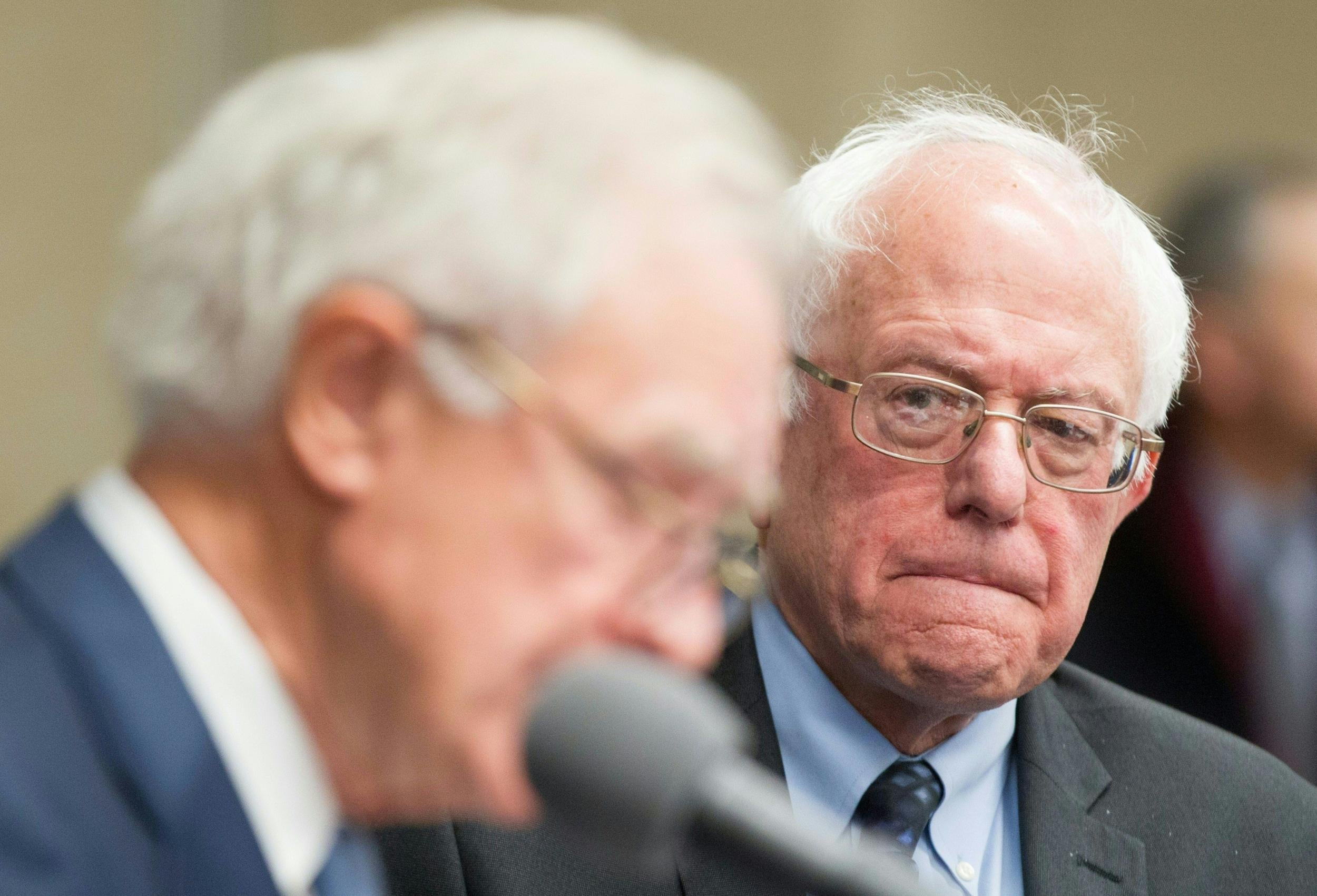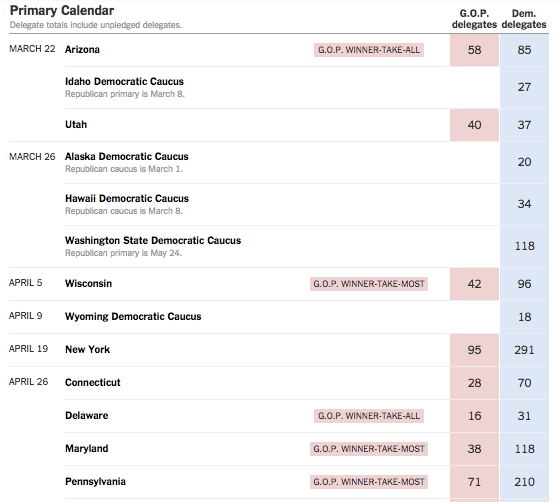It's all over for Bernie Sanders - here's how the maths stacks up against him
Clinton extended her delegate lead after last night's big win, and now needs only a third of remaining delegates

Your support helps us to tell the story
From reproductive rights to climate change to Big Tech, The Independent is on the ground when the story is developing. Whether it's investigating the financials of Elon Musk's pro-Trump PAC or producing our latest documentary, 'The A Word', which shines a light on the American women fighting for reproductive rights, we know how important it is to parse out the facts from the messaging.
At such a critical moment in US history, we need reporters on the ground. Your donation allows us to keep sending journalists to speak to both sides of the story.
The Independent is trusted by Americans across the entire political spectrum. And unlike many other quality news outlets, we choose not to lock Americans out of our reporting and analysis with paywalls. We believe quality journalism should be available to everyone, paid for by those who can afford it.
Your support makes all the difference.After all the excitement over Bernie Sanders, his candidacy must face the cold reality of the results so far.
Thanks to her clean sweep of five victories last night, Hillary Clinton now has a pledged delegate lead of more than 300, and a lead of more than 700 if 'superdelegates' are counted.
Superdelegates are party officials who are officially, if controversially, given a say in the process.
The Sanders camp claims that Clinton must win a majority of pledged delegates before declaring herself the nominee, but the rules say she wins once she has a majority of super and pledged delegates (which is 2,383 in total).
To cross that line, ‘the Secretary’, as Sanders calls her, will need to win just one-third of all remaining delegates in the 28 contests yet to vote.
A third of all those remaining means just under 800 delegates.
And Clinton would win nearly 900 just by winning 60 per cent of the vote in California, New York, Maryland, New Jersey and Arizona while splitting the vote in Pennsylvania (and winning 60 per cent in the small, quasi-states of Puerto Rico and Washington DC).

These are the big, diverse and delegate-rich states that are yet to vote, and most of which are likely to favour Clinton.
Many of them have similar voters to those in Florida, the US’ third-largest state, which Clinton won by 32 points last night while taking more than 65 per cent of the vote.
The nearly 900 delegates she’d win from these states doesn’t include the many delegates she’ll win even when she loses.
The Democratic race allocates all delegates proportionally, so she can lose to Sanders by 20 points in states like Washington, Wisconsin, Connecticut and Oregon and still win dozens of delegates.
Sanders’ support among young, white, and liberal voters never extended to the black and Latino voters that make up much of the Democratic coalition, nor the older white voters who have handed Hillary wins in the big states of Texas, Massachusetts, Ohio and Florida and across much of the South.
The Democratic race may drag on until June, but Clinton is – as has always seemed likely, and become increasingly certain over the past month – going to be the nominee.
It’s time to focus on the general election.
Join our commenting forum
Join thought-provoking conversations, follow other Independent readers and see their replies
Comments